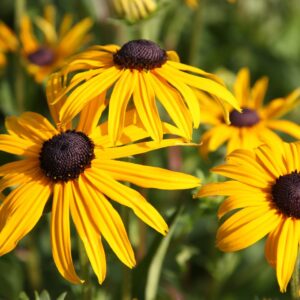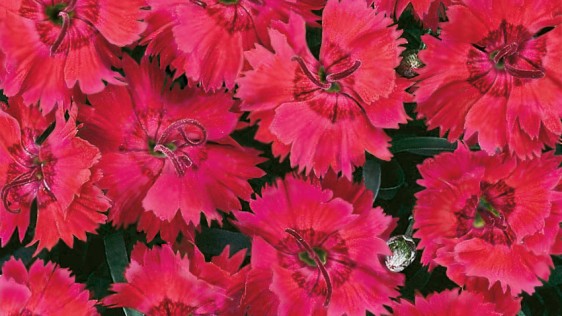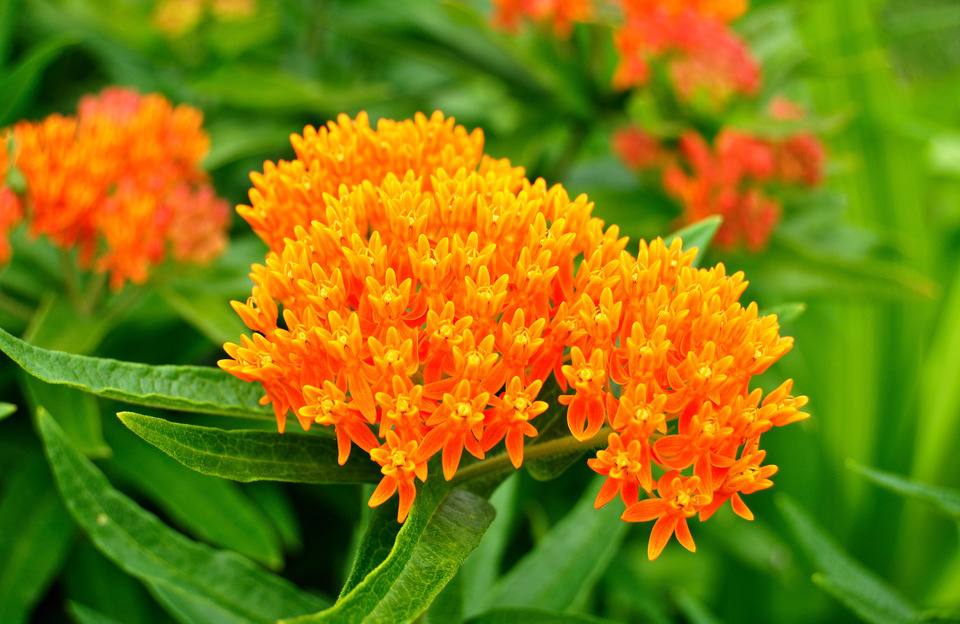Description
 Rudbeckia fulgida ‘Goldsturm’
Rudbeckia fulgida ‘Goldsturm’
Goldsturm Coneflower
USDA Zone: 3-9
Among the best border perennials available, this is a selection of one of our native North American wildflowers. Plants make a bushy, upright clump with a profuse display of brown-eyed, golden-orange daisies from midsummer through the fall. Seedheads have good winter interest. A terrific choice for mass planting, combining especially well with ornamental grasses. Excellent for cutting. Removing faded flowers regularly will greatly increase the blooming time. Plants may be easily divided in early spring. Attractive to butterflies. A former Perennial Plant of the Year in 1999.
Sun Exposure Full Sun or Partial Shade
Soil Type Normal or Sandy or Clay
Soil pH Neutral or Alkaline or Acid
Soil Moisture Average or Moist
Care Level Easy
Flower Color Brown Gold Orange
Blooming Time Mid-Summer Late Summer Early Fall Mid Fall
Foliage Color Deep Green
Plant Uses & Characteristics
Accent: Good Texture/Form Attracts Butterflies
Attracts Hummingbirds Border
Containers Cut Flower
Deer Resistant Dried Flower
Rabbit Resistant Massed
Specimen Wild Flower
Flower Head Size Large
Height 23-29 inches
Spread 18-23 inches
Foot Traffic None
Growth Rate Medium




Reviews
There are no reviews yet.